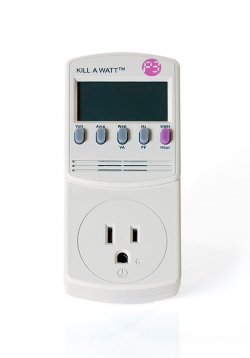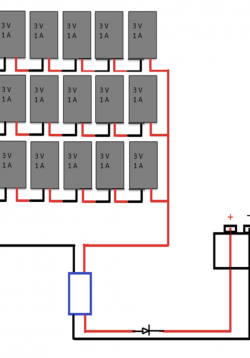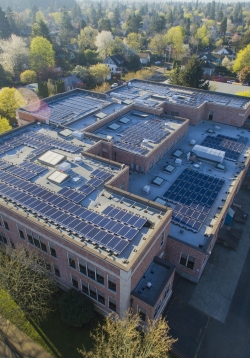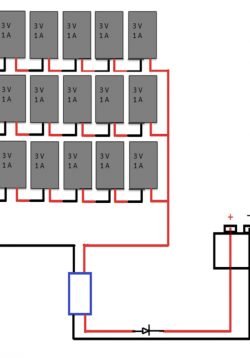How much energy do YOU use?
Students will learn the difference between energy and power. They will then use this new understanding to compare the energy and power difference of light bulbs (incandescent, halogen, fluorescent, and LED) using a tool called a “Kill-A-Watt” meter....









